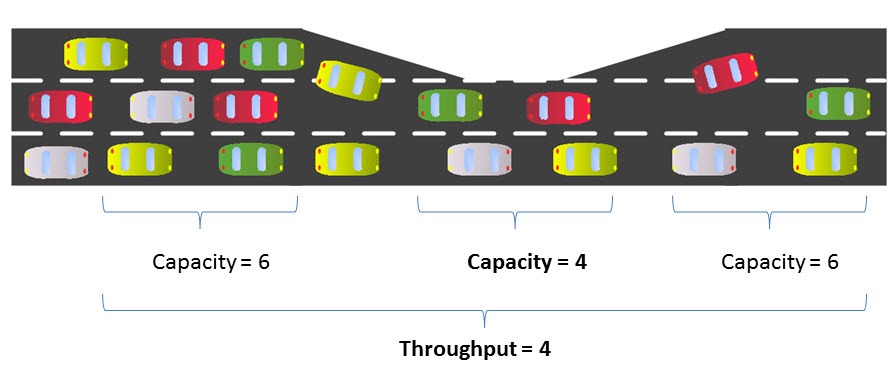Painful Vibe coding with Codex
Use of LLMs I’ve been using LLMs for a while, primarily as a buddy that can help me with ideation or noticing gaps in my thinking. I rarely use the LLM output directly because it never feels complete or authentic. For written word, I find it can generate pretty generic wording with little impact or personality. Anything I do take directly, I’ll rework pretty heavily - and it’s just a judgement of whether doing the rework is more efficient than just starting from scratch.






